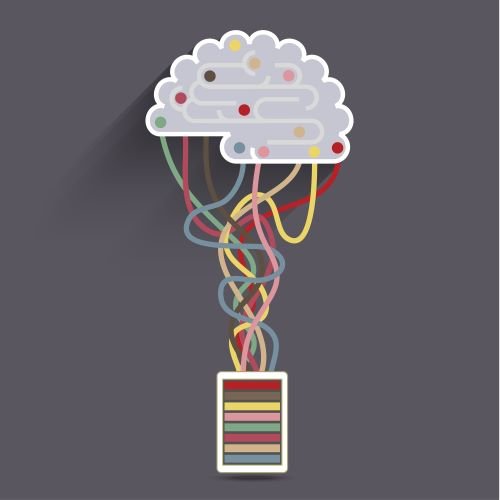ChatGPT (an artificial intelligence language generator financed by Microsoft) has captured the world’s attention. By inputting prompts in plain language, ChatGPT can do a seemingly endless series of tasks. Some are quite mundane – such as answering questions – while others could be revolutionary for automating common and labour-intensive work.
We are already seeing creative deployment of ChatGPT. Microsoft has recently publicized integration with its Bing search engine, Buzzfeed announced it intends to use ChatGPT to create pop-culture lists and quizzes, and discussion is starting in Hollywood on how modern forms of AI might be employed to revolutionize the film production process.
Putting ChatGPT to work
I wanted to personally test this new AI. As my law firm is currently hiring for new staff, I had a ready platform for experimentation. To that end, I asked ChatGPT to generate a tailored cover letter in response to my firm’s job positing (using a mock resume that I created for testing purposes). The result was impressive – you can read the AI-written cover letter here.
Had I received this cover letter from a job applicant, I would have thought it well written and had no idea it was AI-generated. The creation process took mere minutes (you can try it yourself using these directions). Once you have custom content generated by ChatGPT, all that remains is to copy and paste into your own cover letter template. It really is that easy.
This one example was eye-opening. I can readily see job seekers using this cover letter generation method to save considerable time when putting together personalized job applications. A process that would previously have taken hours can now be completed in a fraction of that time.
On the other end of the employment spectrum, users have shown how ChatGPT can be used to generate bespoke-sounding mass termination notices. For example, here is one such layoff letter where the AI was asked to incorporate a quote by Martin Luther King Jr. The messaging ChatGPT produced is something I might easily have confused for a real-life press release.
AI and the risk of unintended liability
As exciting as the AI revolution appears, tools like ChatGPT are not without their downsides.
If you are an employer and use cover letters as a tool to assess a prospective hire’s communication skills (like I do), how will you know if the materials you read are AI-generated? Remember that cover letter I had ChatGPT draft? When I put it through several of the most popular detectors, none could identify my ChatGPT cover letter as being written by AI.
Before your workplace jumps on board with AI, it is therefore critical to assess practical and legal implications.
Imagine your staff are using publicly available AI tools to generate work product, such as documents for commercial use or to supplement software coding. In such circumstances, have employees unwittingly comprised corporate ownership rights and exposed their employer to claims of intellectual property theft?
Similarly, many employers are using AI to help sort through large volumes of job applications. Depending on how such AI tools are configured, employers may inadvertently overlook entire categories of so-called “hidden workers.” The US Equal Employment Opportunity Commission has already cautioned employers regarding the risk of AI potentially discriminating against job seekers with disabilities. In the Canadian context, it is similarly foreseeable that a poorly calibrated AI job application screening tool could expose an employer to claims of hiring discrimination.
Finally, as impressive as ChatGPT is in practice, it is far from perfect. I asked the AI a series of legal questions related to Ontario employment law. Some of its answers were perfectly acceptable. Others were completely off base. For instance, when I asked ChatGPT what makes a dismissal “wrongful” as that term is used in Ontario employment law, here is the answer I received:
In Ontario, a dismissal is considered "wrongful" if it is without just cause. Just cause for dismissal refers to a valid reason for terminating an employee's employment, such as poor performance, misconduct, or violation of company policies.
This is incorrect, as a “wrongful” dismissal instead refers to a job termination where the employer fails to provide requisite advance notice (or pay-in-lieu thereof) to the affected worker. Even a cursory internet search would yield better results than what ChatGPT was able to produce in this regard.
Takeaway
AI has the potential to fundamentally transform the way we work. As exciting as this prospect sounds, employers should approach the use of AI with caution and carefully think through how such technology may impact all aspects of the employment lifecycle. Before introducing AI into your organization, consider first consulting with your regular legal counsel. Properly leveraged, AI can increase labour productively. If deployed poorly, it could instead prove to be an unfortunate new source of liability.
This article was originally published on February 10, 2023 at First Reference Talks.
Vey Willetts LLP is an Ottawa-based employment and labour law firm that provides timely and cost-effective legal advice to help employees and employers resolve workplace issues in Ottawa and across Ontario. To speak with an employment lawyer, contact us at: 613-238-4430 or info@vwlawyers.ca.

